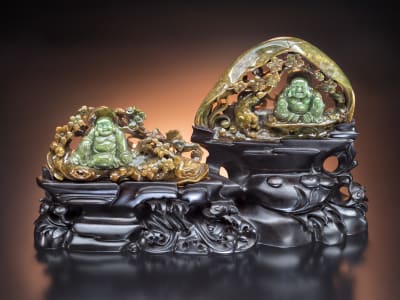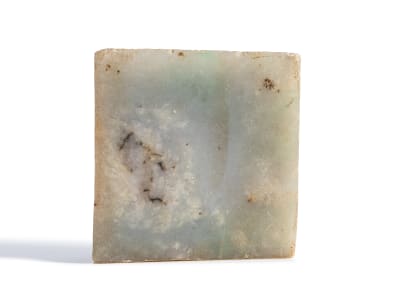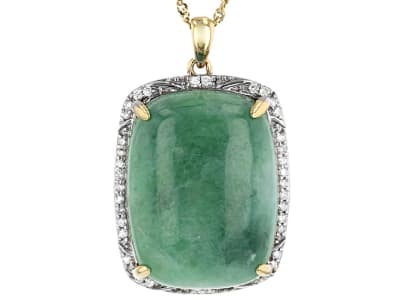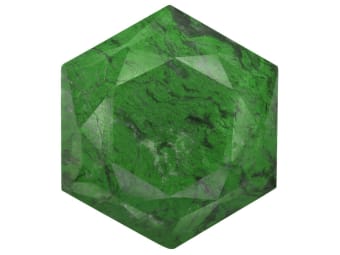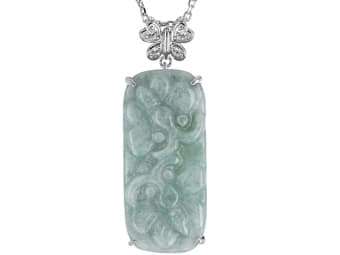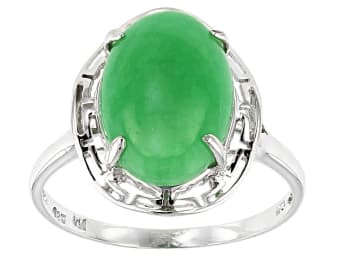Jadeite Jade is more valuable than nephrite jade. Jadeite is a member of the pyroxene group. Jadeite Jade is primarily composed of the mineral jadeite, but it typically contains other minerals like kosmochlor, omphacite, albite and analcime which would classify it as a rock. Jadeite has been carved into a wide array of ornamental and decorative objects. Jadeite jade is highly prized in Asian culture. In ancient China it was worn exclusively by the nobility but today it is worn to ward off bad luck and promote good health and fortune.
General Information
LWUV: Variable
Jadeite Colors
-
 Bi-color
Bi-color -
 Black
Black -
 Blue
Blue -
 Brown
Brown -
 Gray
Gray -
 Green
Green -
 Orange
Orange -
 Pink
Pink -
 Purple
Purple -
 Red
Red -
 White
White -
 Yellow
Yellow
Jadeite Spectra
We acknowledge the significant scientific contributions of John S Harris, FGA to the study of gemstone spectra and with deep appreciation to him, acknowledges the use of his images and related notes about gemstones and their spectra in the educational materials on this website.
Alternate Names
Jade
Countries of Origin
Myanmar; Russian Federation; United States of America; Kazakhstan; Oman; Greece; Unknown; China; Brazil; Guatemala; Poland; Slovakia; France; Colombia; Japan; Uzbekistan; Switzerland; India; Lao People's Democratic Republic; Spain; Canada; Cuba; Turkey; Norway; Dominican Republic; Italy; Mexico; Antarctica; Germany; Indonesia
Care
Normal care is fine for untreated material. Treated material avoid strong light, heat, chemicals, and ultrasonic cleaners.
Species/Variety
Maw-Sit-Sit
Maw-sit-sit is a rock composed primarily of kosmochlor with varying combinations and amounts of other minerals. Due to its close resemblance to jade, it was believed to be a variety of jade up until the 1960s. This gem is opaque saturated green with dark green to black veining or mottling.
Enhancement
Type "B" Jade Bleached and Stabilized
The term, "type-B jade," refers to the enhancement that a jadeite jade gem has undergone. In This case, the jadeite has been bleached to remove unattractive brown staining, then stabilized with polymer resin. Untreated jadeite, that may or not have had wax applied to its surface, is called, "type-A."
Tolerance:(+0.008/-0.008) Appearance, RI, spectrum, SG and magnification.
Type-C Jade
The term, "type-C jade," refers to the enhancement that a jadeite jade gem has undergone. In This case, the jadeite has been bleached to remove unattractive brown staining, then stabilized with polymer resin, and finally dyed to improve or change its color.
Tolerance:(+0.008/-0.008)
